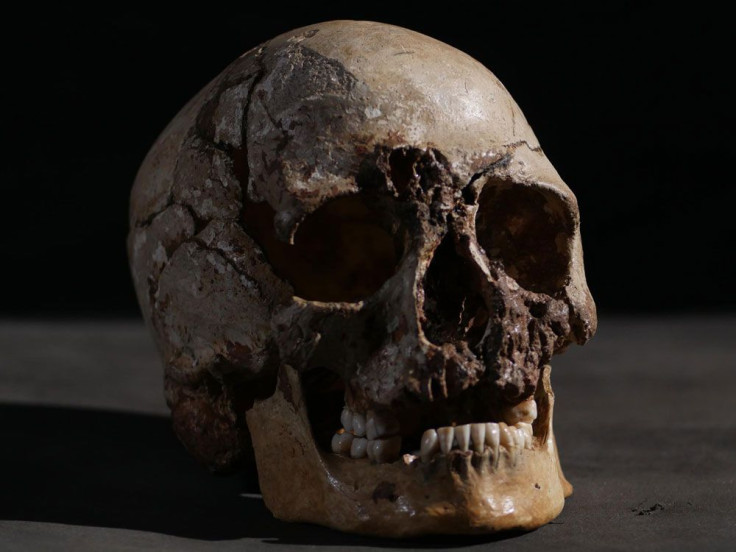2 Infants Buried With Helmets Made From Skulls Of Other Children Discovered

Archaeologists were left baffled after they discovered two infants buried more than 2000 years ago wearing strange helmets that were made out of skulls from other children.
Archaeologists discovered the puzzling remains at Salango, an archaeological site in Ecuador. Nine other burials were discovered at Salango along with the two infants. The team was led by Sara Juengst an anthropology professor at the University of North Carolina.
Archaeologists carried out the excavations between 2014 and 2016. Their findings were published recently in the journal Latin American Antiquity.
Archaeologists in Ecuador unearth two infants from 100 BC buried with “helmets” made from the skulls of other children https://t.co/2zNWMawz12 Photo by Sara Juengst pic.twitter.com/aKKI1Xaru8
— Prof Jamie Woodward (@Jamie_Woodward_) November 14, 2019
Though the human head was a potent symbol in many South American cultures, this is the first time scientists have found human skulls being used as helmets for infant burials, either in South America or globally. They don’t know what caused the death of the infants or the children.
The helmets were placed tightly over the infants’ heads and could possibly have had flesh on them while being placed so as to hold it together, archaeologists noted. They are not sure why the helmets were placed on the infants' heads.
Isolated heads were often included in mortuary contexts, representing captured enemies, revered persons, and symbolic seeds, the scientists wrote in the study. The helmets "may represent an attempt to ensure the protection of these 'presocial and wild' souls."
The scientist’s idea that the helmets were for protection was further supported by the figurines of ancestors made of stone which were discovered near the infants. The archaeologists said in the study that the presence of figurines indicated a "concern with protecting and further empowering the heads."
The scientists believe that the helmets could also have been a part of a larger, complex ritual in response to adverse environmental conditions, as earlier work suggested that a volcanic eruption had covered the entire area in ash, close to the time when the children were buried.
It is possible that the eruption affected food production, as the bones discovered recently show that the children were probably malnourished, according to the researchers. They, however, believe that more evidence was needed to support this fact.
Interestingly, head phalanx, a type of hand bone, was found wedged between the infant's head and the helmet, Live Science reported. Scientists are looking to confirm to whom the bone belonged to by carrying out DNA and strontium isotope tests.
© Copyright IBTimes 2024. All rights reserved.





















